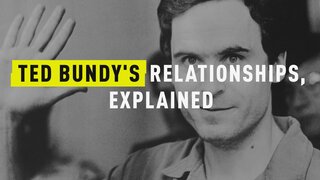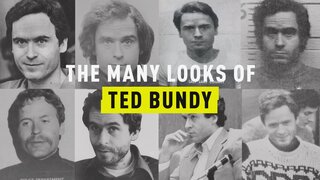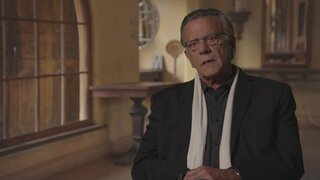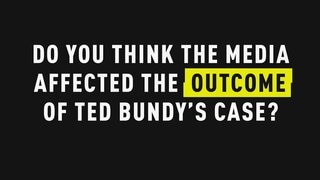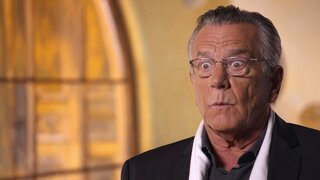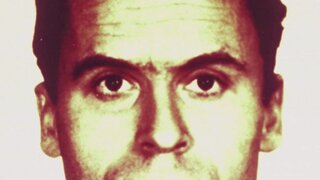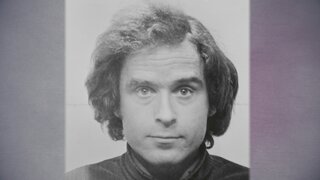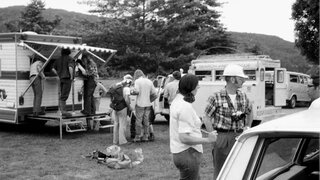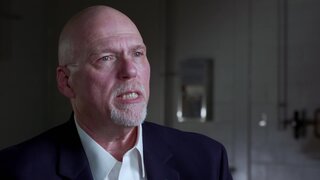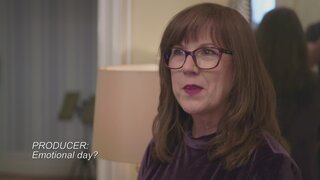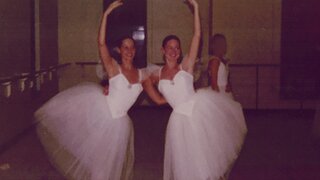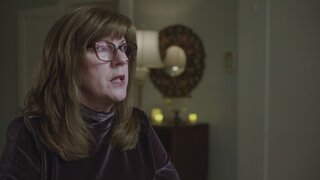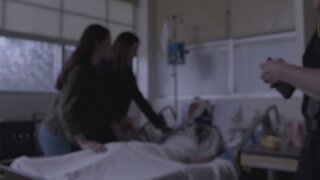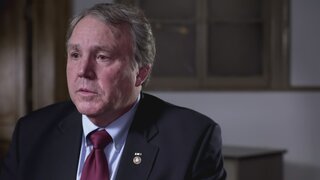Ted Bundy’s Last Words Seemed Sweet — But He Probably Had An Ulterior Motive
In his final moments before his execution, Ted Bundy asked his lawyer and a preacher to give a message.
At the crack of dawn on January 24, 1989, a hooded executioner at a Florida prison flipped a switch sending 2,000 volts of electricity surging through convicted serial killer Ted Bundy’s body. The notorious murderer, who killed more than 30 women, was pronounced dead at 7:16 a.m. that morning at age 42.
His final moments seemed to be a grim departure from the comedy of errors and eccentricity that dominated his trials, as portrayed in the Netflix Bundy biopic, “Extremely Wicked, Shockingly Evil And Vile," starring Zac Efron as the notorious murderer.
The film, which documented much of Bundy’s rollercoaster trial, his escapes from prison, and his relationship with former girlfriend Elizabeth Kloepfer, largely omitted any murder scenes and glosses over a pivotal moment in Bundy’s life: how he met his end, including his final words.
So what exactly were Bundy's final hours like?
Moments before he was electrocuted to death, the prison superintendent, Tom Barton, asked Bundy if he had anything to say before the executioner flipped the switch, according to The Los Angeles Times.
“The killer hesitated,” reporter Barry Bearak wrote. “His voice quavered.”
Then, Bundy, uttered his final sentence.
“'I'd like you to give my love to my family and friends,’ he said," Bearak reported.
Those final words were directed at Jim Coleman, his lawyer, and Fred Lawrence, a Methodist minister, who supposedly comforted Bundy in his dwindling hours, The Times reported.
So why would Bundy say that?
“Psychopaths, one of the things that they’re known for is just being very superficial,” Bryanna Fox, a University of South Florida criminology professor and former FBI agent, told Oxygen.com.
“I think Ted wanted to keep up this image that he had a family that loved him, that he had friends that cared for him, knowing that those last words were going to be broadcast, of course, I think he wanted to portray the image, even to the very end, that he was beloved," she explained.
Fox, whose work has focused on the behavioral psychology of serial killers like Bundy, said he suffered from “superficial narcissism” — all the way up to his concluding moments. The former FBI agent said it wasn’t Bundy’s final words that struck her, but his face after he had been electrocuted to death.
“He had a smile on his face,” she said. “I think it was Ted’s way of saying, in the end, I still won.”
E.J. Hammon, a true crime writer and founding blogger of Confessions of a Bundyphile, said Bundy’s final words marked a very “resigned, complacent” end.
“We’re not seeing the arrogant Bundy of his trials,” Hammon told Oxygen.com. "We’re seeing someone who is probably exhausted after almost 10 years of being on death row, and not really having a lot of fight in him anymore. He was constantly under this mask, he didn’t present to people who he really was, which was the monster, the animal that tore people apart.”
But on that winter day more than three decades ago, The Los Angeles Times described a version of Bundy rarely depicted on television broadcasts or in newspaper headlines.
“Gone was the storied cockiness,” wrote Bearak, as he chronicled Bundy’s last moments, words, and facial expressions.
Bearak reported that Bundy spent much of the previous day “weeping.” He even opted out of choosing his last meal, a death row perk, instead receiving steak and eggs, according to CBS.
Just hours before he was executed, Bundy did grant an interview to conservative psychologist and Christian evangelical figure Reverend James Dobson in what was likely a failed last-ditch effort to stay his execution.
In his last interview, Bundy made some bold claims in which he appeared to attempt to shift blame for the murders. He told Dobson that “pornography . . . was the fuel for his fantasies to do the things he did,'' Reverend James Dobson (who Bundy confided in before death) recited, according to a 1989 Chicago Tribune article.
But come morning, it was time for the execution. Bearak recalled Bundy’s arms and legs being strapped to an electrical chair as a crowd of roughly 40 witnesses observed.
“With that, it was time,” Bearak proclaimed. "The last thick strap was pulled across Bundy's mouth and chin. The metal skullcap was bolted in place, its heavy black veil falling in front of the condemned man's face."
Bundy was clearly scared and "white as a sheet," according to the Netflix docu-series "Conversations with a Killer: The Ted Bundy Tapes," also directed by "Extremely Wicked" helmer Joe Berlinger.
The prison superintendent then gave the green light, and the executioner delivered Bundy’s death blow. In an ironic twist, "Conversations with a Killer" suggests Bundy, who murdered so many young women, was taken down by a female executioner (the executioner is covered by a black hood).
“Bundy's body tensed and his hands tightened into a clench,” Bearak added. “A minute later, the machine was shut down, and the body went limp. A paramedic unbuttoned Bundy's blue shirt and listened for a heartbeat.”
Bundy was pronounced dead minutes later. Outside the prison walls, The Times reported around 500 people had gathered, chanting, “Burn, Bundy, Burn!”
By the time Bundy was executed, his longtime girlfriend Kloepfer had deserted him. His wife, Carol Ann Boone, who who he fathered a child with, had divorced him in 1986. Bundy was survived by his mother, Eleanor Louise Cowell, who died in 2012.
"I felt no compassion for Bundy whatsoever,” Florida State Trooper Ken Robinson, who witnessed Bundy’s electrocution, told The Los Angeles Times at the time.
“He had an easier death than any of his victims."

